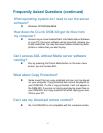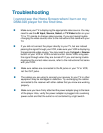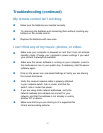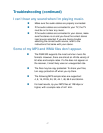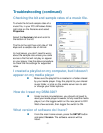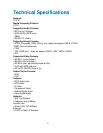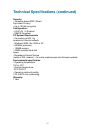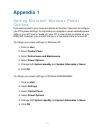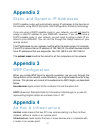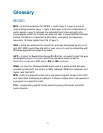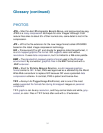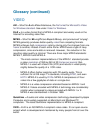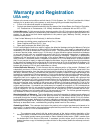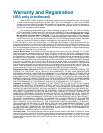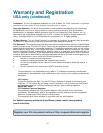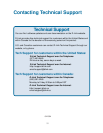
52
Appendix 2
Static and Dynamic IP Addresses
DHCP-capable routers will automatically assign IP addresses to the devices on
the network, using DHCP (Dynamic Host Configuration Protocol) technology.
If you are using a DHCP-capable router in your network, you will
not need to
assign a static IP address to your DSM-320. However, if you do not have a
DHCP-capable router in your network, you will need to assign a static IP ad-
dress to your DSM-320. You can do this through the Setup feature on your
remote control.
The IP addresses on your network must be within the same range. For example,
if one PC or device has an IP address of 192.168.0.2, the other devices should
have IP addresses that are sequential, like 192.168.0.3 and 192.168.0.4.
The subnet mask must be the same for all the computers on the network.
Hexadecimal digits consist of the numbers 0-9 and the letters A-F.
ASCII (American Standard Code for Information Interchange) is a code for
representing English letters as numbers from 0-127.
Appendix 3
WEP Configuration
When you create WEP keys for security purposes, (as you can through the
Setup button on the remote, under Wireless), you may be asked to enter a key
phrase. This phrase will consist of Hexadecimal or ASCII digits, as described
below:
Appendix 4
Ad-Hoc & Infrastructure
Ad-Hoc mode means that two PC’s are communicating in a Peer-to-Peer
network, without a router or an access point.
Infrastructure mode means that two or more devices are in a network with
a router or an access point.



